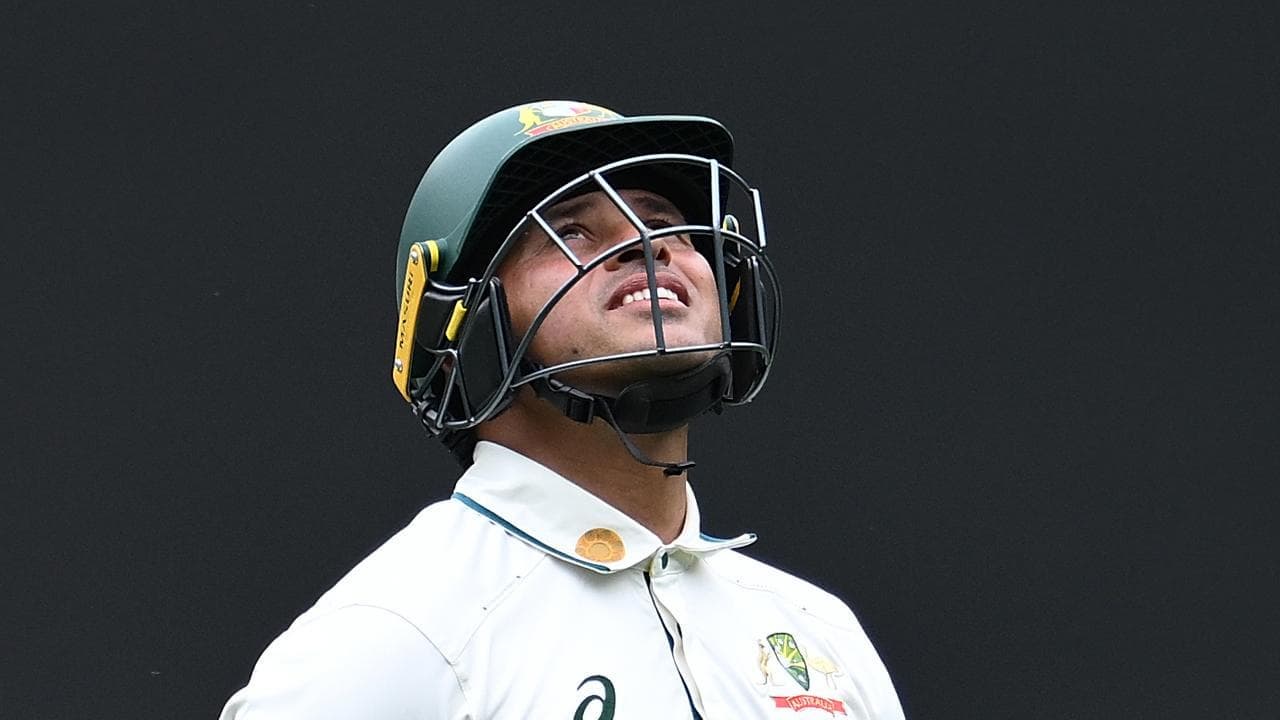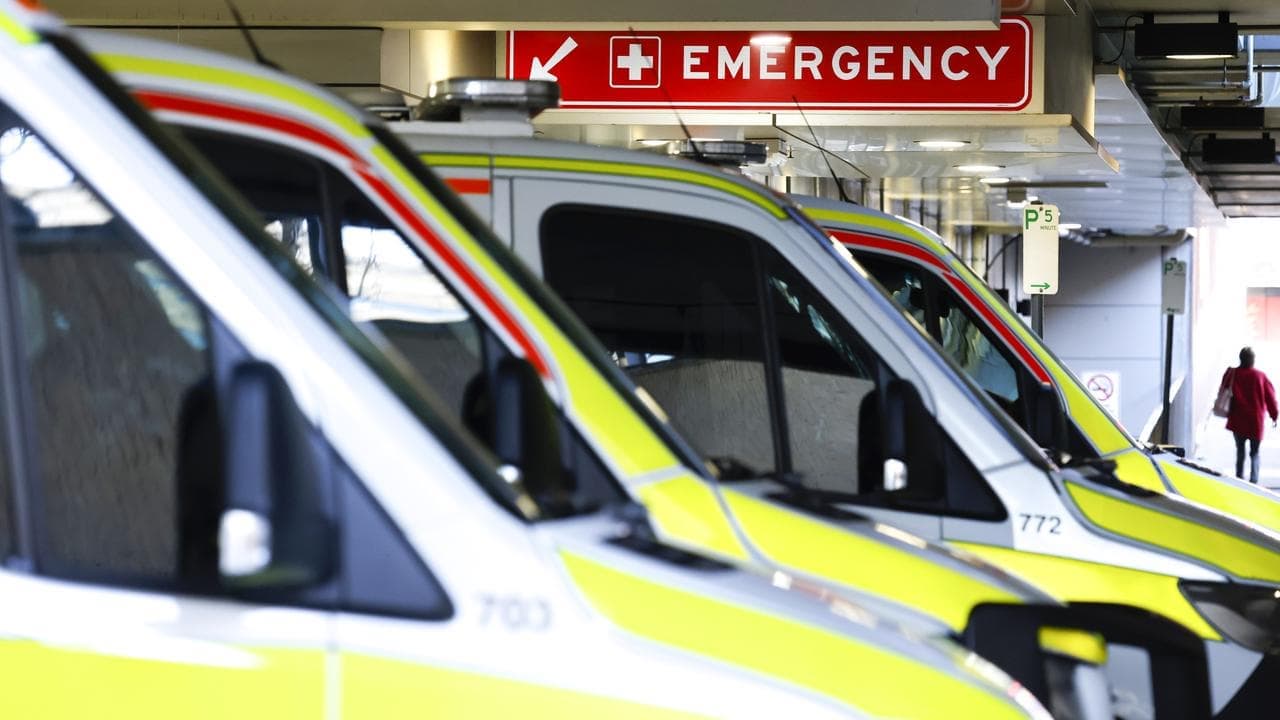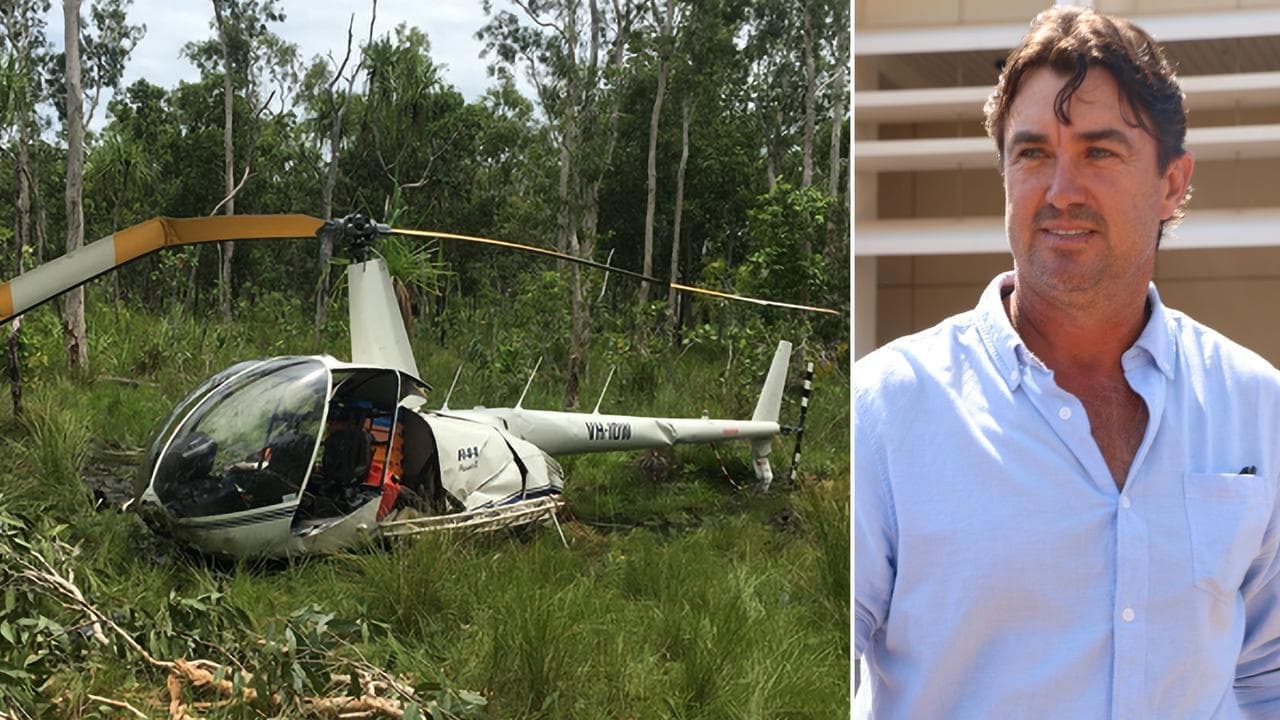WHAT WAS CLAIMED
It is more difficult and expensive to see a doctor in Australia than ever before.
OUR VERDICT
Mostly False. Official data does not support the claim it is getting harder to see a GP. While out-of-pocket costs have risen, most patients pay nothing to see a GP.
Labor health spokesman Mark Butler has challenged the government's record on healthcare with a claim that seeing a doctor is harder and more expensive than ever before.
But the claim is largely incorrect. Official surveys and data indicate that access to GPs has become easier on a national basis since the coalition came to power. While out-of-pocket patient costs have steadily increased since 2013, the proportion of treatments provided free of charge through bulk billing has also risen.
Mr Butler made the claim during an interview on ABC Insiders on April 18, 2022, telling host David Speers: "It's never been harder to see a doctor. It's never been more expensive to see a doctor." (video mark 37sec)
Similar claims have been made by other Labor politicians including Kristina Keneally and Annika Wells.
When contacted by AAP FactCheck, Mr Butler's office said his claim that it was harder than ever before to see a GP was evidenced by "the hundreds of submissions, witnesses and the interim report" for the 2022 senate inquiry into the provision of GP services in outer metropolitan, rural and regional areas.
However, the inquiry's interim report did not say it was more difficult than ever before to see a GP. Instead, it noted there was a shortage of doctors in regional, rural and remote areas and some individuals had reported waiting weeks or months to make an appointment with a GP.
Associate professor Kim Dalziel, a health economist at the Melbourne School of Population and Global Health, told AAP FactCheck in an email that Mr Butler's claim that it had become more difficult to see a GP did not appear to be accurate.
Dr Dalziel said there has been "no change to demand or supply for GP services", although access to specialists has been significantly impacted by increased demand and waiting list backlogs associated with COVID-19.
She added that one way to assess the claim was to look at how long it took patients to get an appointment with their usual GP.
Similar information is included in the annual Australian Bureau of Statistics (ABS) patient experience survey. In 2012/13, the last full year of the previous Labor government, 20 per cent of respondents said they had waited longer than they felt was acceptable to see a GP.
In 2013/14, the year the coalition took power, that figure rose to 22.6 per cent. However, since then it has fallen steadily, hitting a 10-year low of 16.6 per cent in the most recent survey period of 2020/21.
Professor Francesco Paolucci, a health economist from Newcastle University, told AAP FactCheck in a phone interview that survey results for 2019/20 and 2020/21 may have been affected by the impact of COVID-19, including an increased reliance on telehealth appointments, meaning recent data may not be directly comparable to previous years.
Nevertheless, the proportion of survey respondents saying they experienced unacceptable waiting times to see a GP was trending downward before the pandemic hit, falling to 18.8 per cent in 2018/19.
Similarly, the proportion of people in outer regional or remote areas reporting unacceptable GP waiting times fell from 23.8 per cent in 2012/13 to 22.3 per cent in 2018/19 before rising slightly to 22.9 per cent in 2020/21.
The ABS survey also asks respondents if they were unable to see their preferred GP on one or more occasions during the previous year.
In 2013/14 - the first year the question was asked - 28.5 per cent of people said they could not see their preferred GP on at least one occasion. The metric has remained fairly steady since but dipped to 25.5 per cent by 2020/21.
The proportion of people who said they did not visit a GP because of the cost of the treatment has also been falling over time, from 8.2 per cent in 2010/11 down to 2.4 per cent in 2020/21.
Prof Paolucci told AAP FactCheck that changes to the accessibility of GPs could alternatively be measured by looking at the number of registered GPs per capita.
By that measure, Mr Butler's claim is also not supported by the data. Department of Health GP workforce statistics show Australia had the equivalent of 105.4 full-time GPs per 100,000 patients in 2014 compared with 114.5 GPs per 100,000 patients in 2020 - an increase of 8.6 per cent over six years.
However, Prof Paolucci warned that the number of GPs per capita varied significantly across different geographical areas, noting it was "certainly getting harder for some groups in the population" to see a GP.
For the second part of Mr Butler's claim, that it was more expensive than ever before to see a GP, his office pointed AAP FactCheck to Medicare data showing the average out-of-pocket expenses for patients per treatment.
These out-of-pocket costs, or gap payments, occur when the cost of a GP visit is not fully covered by Medicare, leaving a sum for the patient to pay.
Medicare data shows the out-of-pocket cost for GP services averaged $40.79 per treatment between July and September 2021.
That compares with an average out-of-pocket cost of $29.85 per treatment in the September quarter of 2013, meaning the average gap payment increased by 37 per cent over the course of eight years. Over the same period, the consumer price index increased 15.1 per cent.
However, it is important to note the average out-of-pocket cost only relates to patients whose treatment is not fully covered by Medicare. Most GP services in Australia are 'bulk billed', meaning Medicare covers the treatment in full and patients pay nothing.
In a 2017 article on The Conversation, two health economists from the University of Technology Sydney said bulk-billing rates were "widely seen as a proxy indicator of the accessibility of Medicare-funded health care".
Official Medicare figures show 83.1 per cent of out-of-hospital GP treatments were bulk billed in both the June and September quarters of 2013, covering Labor's final months in office. The proportion of bulk-billed treatment subsequently rose throughout the coalition government, reaching 85.6 per cent in the December quarter of 2019.
Bulk billing then spiked in March 2020 due to the large rise in telehealth consultations during the pandemic before falling back to 88.6 per cent in the December quarter of 2021.
These bulk-billing figures relate to the proportion of treatments that have been fully paid through Medicare, and GPs can bill for multiple treatments at a single appointment. However, documents tabled in the Senate in October 2019 showed the proportion of patients who had all of their GP visits bulk billed also increased over time, rising from 61.1 per cent in 2012/13 to 66.3 per cent in 2018/19 (page 41).
Prof Paolucci told AAP FactCheck the rise in out-of-pocket costs was a complex structural problem fuelled by "our ability to produce doctors, our ability to put them on the ground and our desire and willingness to make the market more competitive".
The Verdict
Mr Butler's claim that it is harder than ever to see a GP in Australia is not supported by the available data. The annual ABS patient experience survey and Department of Health figures suggest the opposite may be true on a national basis, although access to GPs varies significantly by area.
His claim that it is more expensive than ever to see a GP omits key information. While it is true that average out-of-pocket costs have risen to their highest-ever levels, the proportion of GP treatments that are bulk billed has also risen, meaning most patients pay nothing when they visit their doctor.
Mostly False – The claim is mostly inaccurate but includes minor elements of truth.
AAP FactCheck is an accredited member of the International Fact-Checking Network. To keep up with our latest fact checks, follow us on Facebook, Twitter and Instagram.












